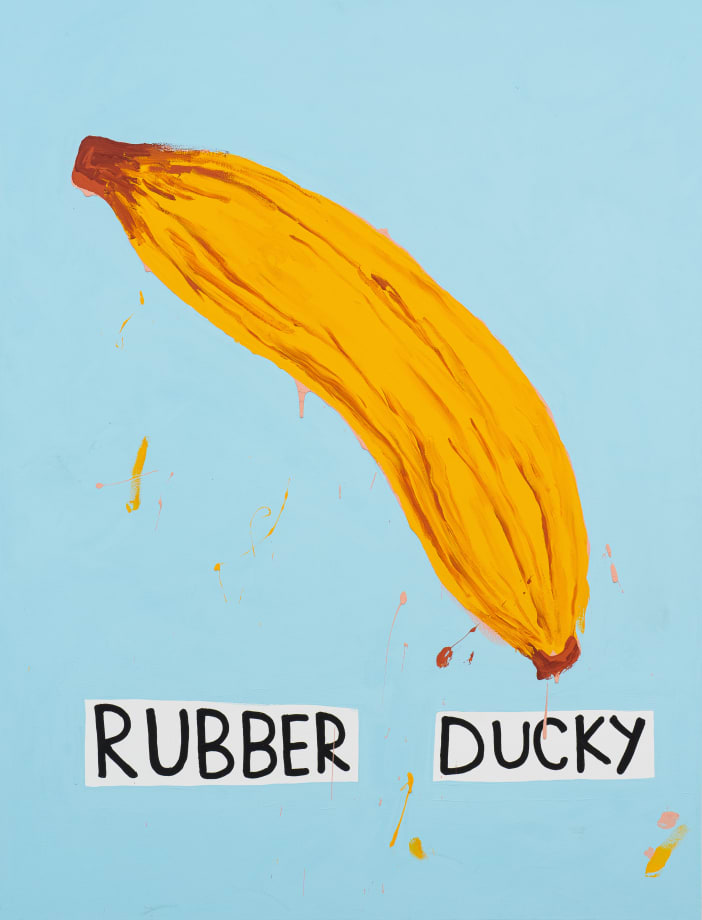Spanish artist Luis Vidal takes on issues of corruption and exploitation in his sculptures, paintings, and installations. For three decades, his work has employed irony, humor, and provocation to explore distressing subjects related to contemporary life. Born in Barcelona, the artist considers himself to be self-taught. Though he studied art, he rejected academic traditions and began experimenting with sculpture inspired by the Spanish modernist school. By the mid-1990s, he had garnered acclaim for his Lindos, figurative sculptures of newborns, rendered in porcelain, bronze, or polyurethane, posed in unnerving contexts. The artist intended to “provoke discomfort amongst the public” and to “make the viewer aware of the deficiencies in early life that lead to wrongful actions during adulthood.” His later installations include Little Artist in Pig’s Land (2008), comprising nine multi-media works that allude to the contemporary artist navigating the art market, and Eat Me Alice (2009), an enormous cloth rabbit sculpture that uses Lewis Carroll’s story Alice in Wonderland as an allegory for real life stories of abuse and abduction, exploring the ways that imaginary worlds can offer solace and escape. In 2011, Vidal moved to San Juan, Puerto Rico, where he completed his Staples Paintings (2014–15). To make these works, Vidal collected clothes from organization’s that serve the city’s impoverished families, cut them into the shapes of luxury fashion brand logos, and then stapled them over canvas. His work on paper Irma, Maria y Cat (2017) intersects scenes and symbols related to concurrent natural and political disasters in his two homes: the hurricanes that devastated Caribbean communities in 2017, and the rise of nationalism in Europe, including the conflicts resulting from the Catalonian Referendum in Spain.
Vidal’s recent works contain paintings and ceramics combining with texts. He takes more conceptual approach to both media. ”Because things are not what they seem, or do not seem what they are? Oh, maybe yes. Because a gun is a house? Perhaps because childhood memories are associated with violent situations experienced at home – bad treatment, gender violence, abuse. Or maybe due to some event relating to a violent death that occurred at home. Or, on the contrary, perhaps by associating the home with a safe place, protected from any external aggression. Hence the association with the gun as a self-defense weapon. Or possibly, it is simply the appropriation of another’s story that has been told or read. And if a gun is called a House, why is a house called a Cactus? And why are teeth a Snowman and an ashtray a Banana? Or why is a black man called a Hot Dog? It’s clear that I know why, but it’s also clear that I don’t want to be the one to reveal it. I just limit myself to saying – THIS IS.”
